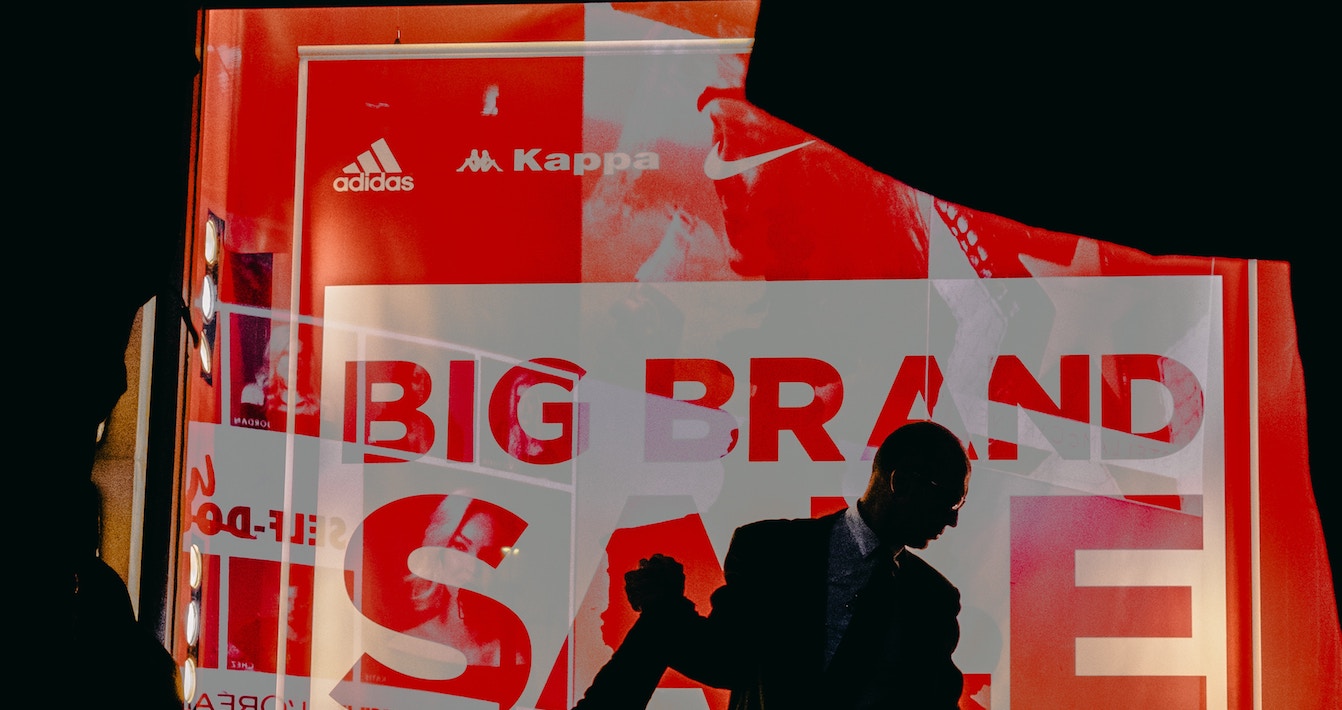How to run a successful sales promotion
Editorial Team
6 min read
Pricing products is one of the single most intricate aspects of running a small business. Hopefully, you’ve read about different pricing models, and perhaps even used those formulas to price your products and services more intelligently.
In the life cycle of most businesses, however, sales promotions frequently come into play. There’s a lot of research out there that suggests which kinds of sales work and which don’t, but plain observations can also tell you a lot. Bed Bath & Beyond’s famous 20% off coupons hurt their profit margins and brand reputation. But promotional marketing can be periodically effective to increase foot traffic, move products, and expand their customer base.
There’s are a lot of benefits to be gained from sales and promotions with thoughtful planning. They are most frequently used to move products that are taking up inventory space, but they are also effective at introducing a new product or service. Other side benefits include acquiring new customers and building loyalty with existing ones.
Like any business decision, however, there are also risks. Wise merchants safeguard against out-of-hand promotions by limiting the amount of units or services available for the promotion, and the amount that any individual can take advantage of a special deal. The fine-print rules of your promotion may make or break the campaign. Similarly, expect that you might need to bend the rules at some point. Inevitably, a scenario you hadn’t anticipated will develop, and you need to stay on your toes. (For example, extending a promotion by one day for a confused customer could win you some loyalty.)
This post examines the threats and opportunities of a number of promotional methods—traditional sales, bundling sales, stepped discounts, and even charitable promotions. Learn more about these different promotional strategies, and think about which might best serve your bottom line while maintaining your brand.
1. Traditional Sale

What it is: This is the type of promotional marketing many of us think of first. It can be storewide or for select products, but usually there is a general markdown. Think “10% Off Swimsuits,” or “15% off Back-to-School Supplies.” This also includes clearance racks with items physically separated and marked to sell.
Threats: It’s possible that customers will find an item they like in your store and wait for it to go on sale. If you have predictable sales patterns, this risk increases. Shoppers may start to associate the discounted price as the appropriate value for the product, which is no good for your business.
Opportunities: Traditional sales are great for moving declining product out of inventory to make space for new, perhaps trendier items–and to recoup the catch. For best results, schedule promotions around events or holidays to reduce the chances of devaluing your brand. For example, you can offer 10% off selected swimsuits for the summer equinox or 50% off mylar balloons on Valentine’s Day. Vary your promotions from year to year (if possible) and keep promotions feeling special and limited-time-only. Restrict the amount of items included in the sale to maintain the overall perceived value of your brand.
2. Bundle Sale

What it is: A bundle sale allows customers to add on to their order with a pre-determined discount. This category includes buy one get one offers, buy one get one half off, or special package discounts.
Threats: Like traditional sales, shoppers may begin to rely on these types of discounts and wait for them to occur. Additionally, instead of having customers buy from you regularly, they may use these opportunities to stock up on volume so they do not need to visit you again until the next sale.
Opportunities: Because bundle promotions don’t necessarily affect the base price of an item, they are a stronger choice to maintain value perception much of the time. For example, if you offer a dress shirt at 25% off when one is purchased at full price, shoppers will still remember the base price of the item and not be shocked if they come back when the promotion is not running. And if 25% seems steep, remember that this is essentially a 12.5% discount on two items. Psychologically, shoppers feel they are getting a better deal because of the higher percentage discount, even though it is only applied to one item. Bundling is particularly effective for introducing new products by bundling them with your best sellers.
Stepped Discount

What it is: Stepped discounts include percentage off, or specific dollar amounts back, when a customers spend a certain amount. For example, take $5 off orders above $50, or $12 off orders above $100.
Threats: If your stepped discount is too popular, you may move more items than you are intending. Because this is specifically geared to move larger volumes than average, make sure you’re prepared to do that. Consider capping the total amount for which customers can claim these discounts.
Opportunities: Stepped discounts have become increasingly common in the past few years because they read to customers more like generous offers from the store rather than an expression of desperation. These are best when you aren’t trying to move a single, specific product or product line, but rather increase foot traffic, retain loyal customers, and move product in general in a slow period of the year. Consider offering coupons for stepped discounts to specific factions of your customer base through a free Clover app like Rewards.
Charitable Promotion

What it is: A little outside of the norm, a charitable promotion doesn’t really help your bottom line in the short term, but rather elevates your brand within the community. Instead of garnering benefits of increased sales, you’re giving a certain percentage of product sales to a specific charity your customers feel good about. This can be a highly effective marketing strategy (read more about this tactic here).
Threats: Charitable promotions are not terribly effective at generating cash or solving a specific business issue like excess inventory. Think of these as long-range brand building.
Opportunities: If your business is healthy and financially stable, a charitable promotion can serve to elevate your standing in the community, while retaining the value of your offerings. Shoppers feel that they are doing something good for their community by buying your products, but their association of value with your products is unchanged. This can build brand and customer loyalty.
Choose wisely when planning your next sale or promotion, and keep your business goals in mind when selecting a promotional model. Be reasonably flexible so you can keep your customers happy and protect your bottom line. If you make your rules too specific and complicated, it won’t inspire engagement. But if you are too lax, you could be left with no inventory and not enough profit. Make your promotion strategy fun but unpredictable so that customers regularly check in on your inventory and offerings.
Related Posts
5 must-watch trends in retail small businesses for 2024
Why giving back to the community when times are tough is vital to business longevity
Popular Topics
Stay In Touch
Sign up and learn more about Clover.
Thank you for your subscription!
Recent Stories
- How to design a restaurant recipe card–and share it
- Is your business a victim of shrinkflation? Don’t pay more for shorter receipt rolls.
- How to buy a restaurant
Please share your contact information
to access our premium content.
Thank you for sharing your contact information.
Download Now





